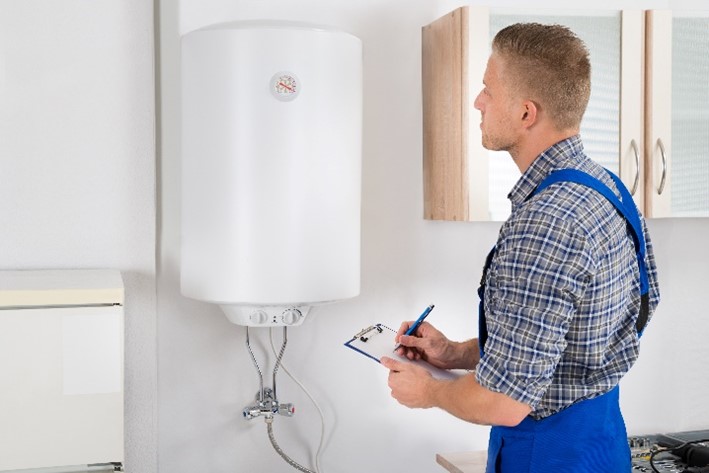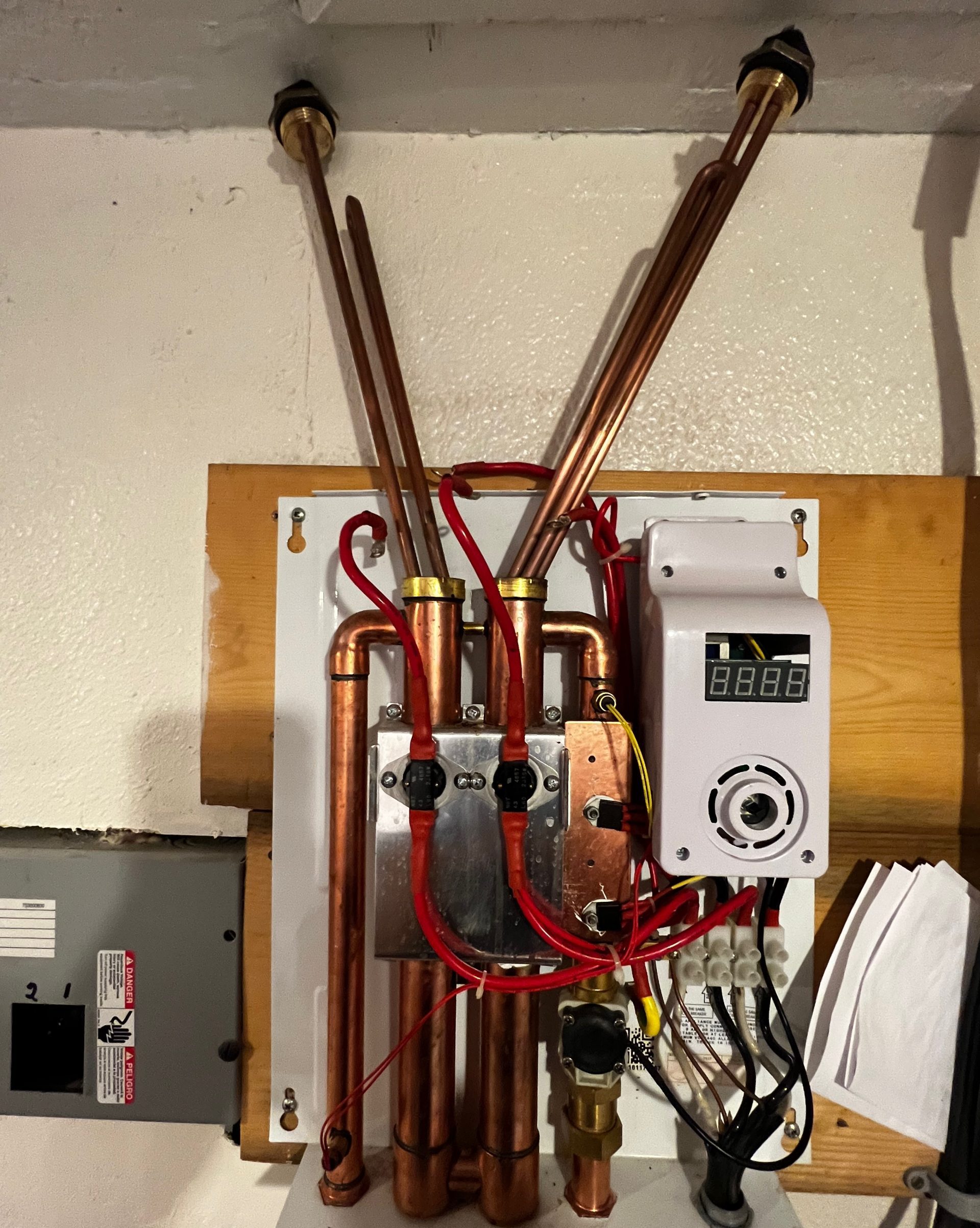Ways to Maintain Your Home's Hot Water System Functioning WellHow to Properly Maintain Your Home's Hot Water System
Ways to Maintain Your Home's Hot Water System Functioning WellHow to Properly Maintain Your Home's Hot Water System
Blog Article
We have encountered this post relating to Tips For Maintaining Your Hot Water Heater down the page on the web and reckoned it made perfect sense to quickly share it with you over here.

Warm water is important for daily convenience, whether it's for a refreshing shower or cleaning meals. To ensure your warm water system runs effectively and lasts longer, normal maintenance is vital. This post provides sensible suggestions and understandings on just how to preserve your home's warm water system to prevent interruptions and costly fixings.
Intro
Maintaining your home's warm water system might seem challenging, but with a few basic actions, you can guarantee it operates smoothly for several years to find. This guide covers every little thing from understanding your hot water system to DIY upkeep pointers and understanding when to contact professional assistance.
Significance of Keeping Your Hot Water System
Normal maintenance not only expands the lifespan of your warm water system but additionally ensures it runs successfully. Ignoring maintenance can cause decreased effectiveness, greater energy expenses, and even premature failing of the system.
Signs Your Hot Water System Needs Upkeep
Knowing when your warm water system needs focus can protect against major problems. Watch out for signs such as irregular water temperature, odd sounds from the heating system, or corroded water.
Understanding Your Hot Water System
Before diving right into maintenance jobs, it's handy to recognize the basic components of your hot water system. Normally, this includes the water heater itself, pipelines, anode rods, and temperature controls.
Monthly Maintenance Tasks
Regular month-to-month checks can help capture minor concerns prior to they rise.
Flushing the Hot Water Heater
Purging your hot water heater removes debris accumulation, enhancing effectiveness and prolonging its life.
Checking and Replacing Anode Rods
Anode rods prevent rust inside the storage tank. Checking and replacing them when worn out is essential.
Examining and Changing Temperature Settings
Adjusting the temperature setups makes certain ideal performance and security.
DIY Tips for Maintenance
You can perform several upkeep tasks on your own to keep your hot water system in top condition.
Looking for Leakages
On a regular basis check pipes and connections for leakages, as these can cause water damage and higher costs.
Testing Stress Alleviation Valves
Evaluating the stress relief valve guarantees it works properly and avoids excessive stress accumulation.
Protecting Pipes
Insulating warm water pipes reduces warmth loss and can save energy.
When to Call a Professional
While do it yourself upkeep is beneficial, some problems need specialist knowledge.
Facility Concerns Needing Professional Help
Instances include significant leaks, electric troubles, or if your water heater is continually underperforming.
Routine Expert Maintenance Conveniences
Professional upkeep can include thorough assessments, tune-ups, and ensuring compliance with safety and security criteria.
Verdict
Normal upkeep of your home's hot water system is important for performance, durability, and cost financial savings. By complying with these tips and understanding when to seek specialist assistance, you can guarantee a reliable supply of warm water without unforeseen disruptions.
Water Heater Maintenance: The Basics
Maintaining your water heater will ensure it operates efficiently and has a longer lifespan. Neglecting regular maintenance can lead to costly repairs and an even bigger chunk of your savings if you have to replace it sooner than necessary. But there’s good news: Most water heater maintenance tasks are relatively simple and easy for homeowners with basic DIY skills.
Flush the Water Heater
Over time, sediment and minerals can build up in the tank, reducing its efficiency and potentially causing damage. To flush the tank, turn off the power or gas supply, attach a hose to the drain valve near the bottom and open the valve to drain the water until it runs clear. Ideally, flush the tank annually.
Replace the Anode Rod
The anode rod is a sacrificial metal rod that helps prevent corrosion inside the tank. Inspect and replace it every three to five years or per the manufacturer's recommendation. To replace the anode rod, turn off the power or gas supply, drain a few gallons of water from the tank, unscrew the old rod and replace it with a new one. If the anode rod is significantly corroded or covered in calcium buildup, it's a sign the water heater may need to be replaced soon.
Tune-Up
A yearly tune-up can help identify potential issues and ensure your water heater operates at peak efficiency. This typically involves checking the thermostat, burner assembly (for gas heaters) and any other components specified by the manufacturer. During a tune-up, the technician may also clean the burner and adjust the pilot light (for gas heaters) or examine the heating elements (for electric heaters).
How to Maintain Your Water Heater
Insulate the tank. Insulating the tank can improve energy efficiency and reduce heat loss, saving you money on energy bills. You can purchase precut insulation blankets designed specifically for water heaters or use standard fiberglass insulation wrapped securely around the tank. Check the temperature. The recommended water temperature for most households is around 120 degrees Fahrenheit (49 degrees Celsius). Higher temperatures can increase energy costs and potentially cause scalding. Use a kitchen thermometer to check the temperature at the faucet nearest the water heater. Monitor water pressure. Excessive water pressure can strain the water heater and cause leaks or even tank failure. Install a pressure-reducing valve if necessary. The ideal water pressure range is between 60 and 70 PSI (pounds per square inch). Test the temperature and pressure (T&P) relief valve. The T&P relief valve is a safety feature that releases pressure if the tank gets too hot or the pressure builds up too high. Test it annually by lifting the lever and allowing a small amount of water to release. Replace the valve if it doesn't release water or reseal properly. Check for leaks. Regularly inspect the tank, pipes and fittings for leaks or corrosion. Deal with issues promptly to prevent further damage. Even a small leak can lead to significant water damage over time. Consider a tankless water heater. If your traditional tank-style water heater is nearing the end of its lifespan ( typically 10 years), consider replacing it with a tankless water heater. These units heat water on demand, reducing standby energy losses and potentially saving you money on your energy bills. Schedule professional maintenance. While homeowners can perform many water heater maintenance tasks, it's still a good idea to schedule professional maintenance every few years. A plumber or HVAC technician can thoroughly inspect the unit, identify potential issues and ensure it operates safely and efficiently. https://www.homeserve.com/en-us/blog/home-improvement/hot-water-heater-maintanence/

I stumbled upon that blog entry about Water Heater Maintenance Tips You Can't Afford to Forget when doing a lookup on the web. Loved our blog? Please quickly share it. Let another person find it. Many thanks for being here. Kindly pay a visit to our site back soon.
Book-Now Report this page